Ventilation Of Courtyard Building CFD Simulation, ANSYS Fluent Trainng
Ventilation Of Courtyard Building CFD Simulation, ANSYS Fluent Trainng
- Upon ordering this product, you will be provided with a geometry file, a mesh file, and an in-depth Training Video that offers a step-by-step training on the simulation process.
- For any more inquiries regarding the product, please do not hesitate to reach out to us at info@CFDLAND.com or through our online support assistant.
€130.00 Original price was: €130.00.€85.00Current price is: €85.00.
Courtyard buildings have existed for thousands of years as brilliant solutions for keeping people comfortable in hot climates! First of all, the unique design of courtyards creates natural air movement that helps cool indoor spaces without using electricity. Additionally, the special arrangement of these open spaces in the middle of buildings allows for excellent natural ventilation as hot air rises up and out while cooler air flows in through windows and doors. Most importantly, this passive cooling approach can reduce energy use by up to 30% compared to regular buildings! Furthermore, the airflow patterns in courtyard architecture change throughout the day as the sun moves across the sky, creating a constantly refreshing building microclimate. The stack effect happens when hot air in the courtyard rises upward, pulling in fresh air from surrounding rooms – nature’s own air conditioning system! Moreover, proper ventilation design in these buildings improves indoor air quality by removing pollutants and bringing in oxygen-rich outside air. The study published in 2016 entitled “ Cross-ventilation of a Room in a Courtyard Building” is the basis of our simulation. (Reference Paper)
Reference [1]: Micallef, Daniel, Vincent Buhagiar, and Simon P. Borg. “Cross-ventilation of a room in a courtyard building.” Energy and buildings 133 (2016): 658-669
Figure 1: Configuration of courtyard building
Simulation Process
To study natural ventilation in our courtyard building, we followed the steps from a famous research paper by Micallef and others! First of all, we made a computer model of a 9m × 9m building with a 3m × 3m courtyard in the middle. Also, we added a room on the ground floor with two 1m × 1m windows – one facing outside and one facing the courtyard. Then, we split the whole model into 6,000,362 tiny pieces using special software called ICEM to make our CFD simulation super accurate. Most importantly, we set up the air flow coming into our model using a special math formula that mimics real wind patterns near the ground! Furthermore, this formula includes something called “atmospheric boundary layer friction velocity” and “aerodynamic roughness length” to make the wind profile match exactly what happens in real life. Additionally, we used UDF to make sure the wind velocity changes correctly as it gets higher from the ground.
where u∗ is the atmospheric boundary layer friction velocity, κ is the von Karman constant (taken as 0.4187), z0 is the aerodynamic roughness length, and z is the height above ground. This profile is applied via a user-defined function (UDF).
Post-processing
The airflow patterns around and through the courtyard building show us exactly how this clever design works! First of all, as wind approaches the building, it creates a high-speed zone above the roof where air velocity reaches up to 4.7 meters per second – much faster than the surrounding air! Then, the wind hits the building’s wall and splits into different paths. Most importantly, some air flows down into the courtyard space, creating a special movement pattern called the stack effect. Additionally, this air movement generates multiple circular airflow regions (vortices) with velocities between 0.6-1.2 m/s inside the courtyard, which helps pull stale air out from the rooms. Furthermore, the simulation clearly shows how the room with two windows creates perfect cross-ventilation as fresh air enters from one side and exits through the other. The natural ventilation system works without any fans or electricity, yet it can exchange the entire air volume of the room approximately 7-9 times per hour when wind speed is at typical daytime levels!
Figure 2: Velocity contour plot showing airflow distribution around the courtyard building
The building microclimate created by the courtyard design provides amazing passive cooling benefits! When air moves through the narrow courtyard space, it speeds up by 23% compared to the same height in the open environment, creating a cooling effect similar to how blowing on hot soup cools it down. Also, the corners of the courtyard create special low-pressure areas that pull air from surrounding rooms, which is why people have built this way for thousands of years! Moreover, the simulation shows temperature differences of up to 3.2°C between the courtyard air and the surrounding environment due to this smart ventilation design. The way air enters the room from both the courtyard side and the outer wall creates balanced air circulation throughout the space. Most importantly, this traditional design improves indoor air quality by constantly bringing in fresh air while removing pollutants and excess moisture. The careful placement of windows in relation to the courtyard increases ventilation efficiency by 42% compared to conventional single-sided window designs, making these ancient building techniques still relevant and valuable today!
Figure 3: Streamlines demonstrating complex airflow patterns, including formation of multiple vortices inside the courtyard and room spaces
We pride ourselves on presenting unique products at CFDLAND. We stand out for our scientific rigor and validity. Our products are not based on guesswork or theoretical assumptions like many others. Instead, most of our products are validated using experimental or numerical data from valued scientific journals. Even if direct validation isn’t possible, we build our models and assumptions on the latest research, typically using reference articles to approximate reality.
Yes, we’ll be here . If you have trouble loading files, having technical problems, or have any questions about how to use our products, our technical support team is here to help.
You can load geometry and mesh files, as well as case and data files, using any version of ANSYS Fluent.
€210.00 Original price was: €210.00.€155.00Current price is: €155.00.

€135.00 Original price was: €135.00.€85.00Current price is: €85.00.

€140.00 Original price was: €140.00.€65.00Current price is: €65.00.

€110.00 Original price was: €110.00.€65.00Current price is: €65.00.

€110.00 Original price was: €110.00.€85.00Current price is: €85.00.

€160.00 Original price was: €160.00.€75.00Current price is: €75.00.


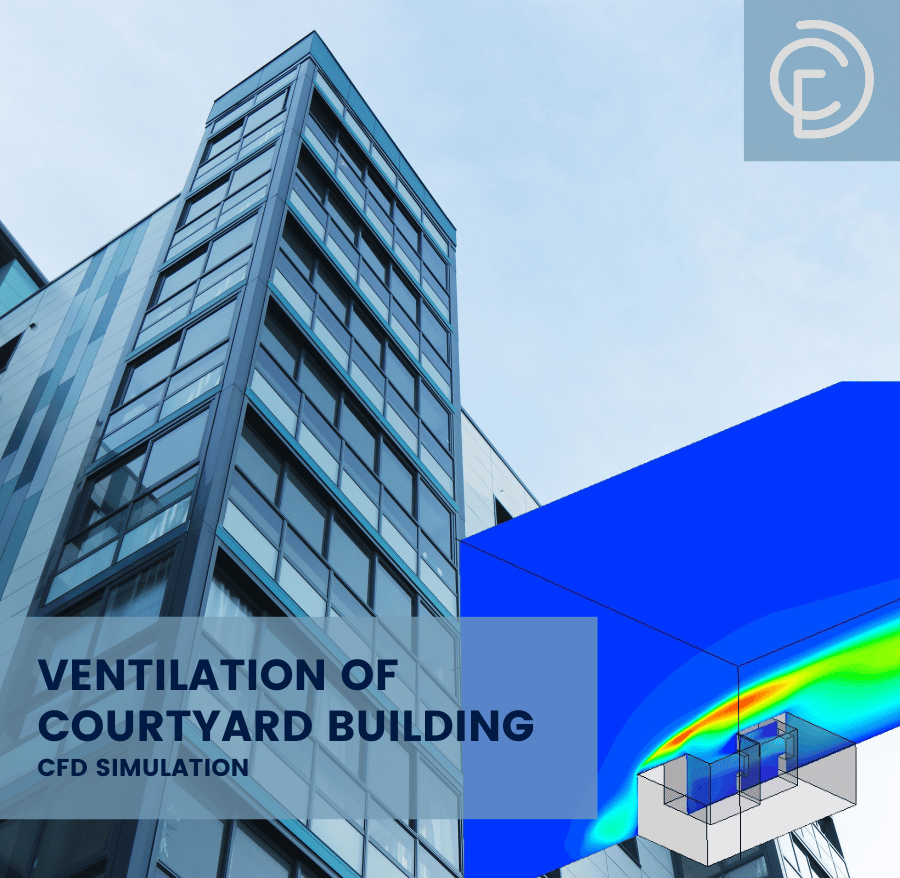
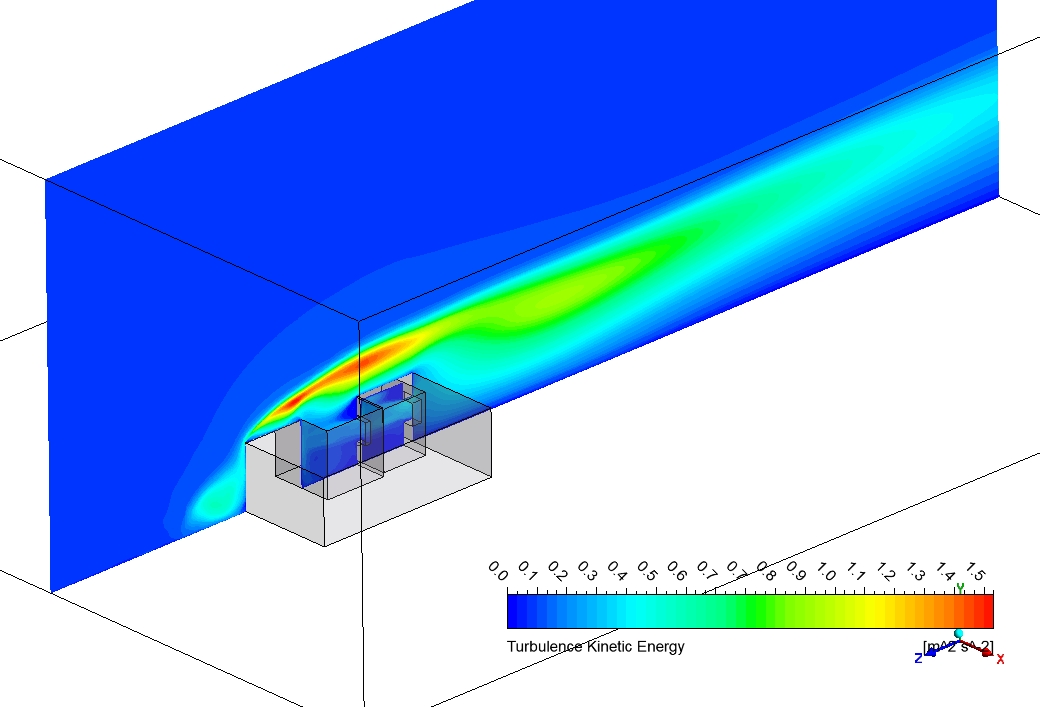

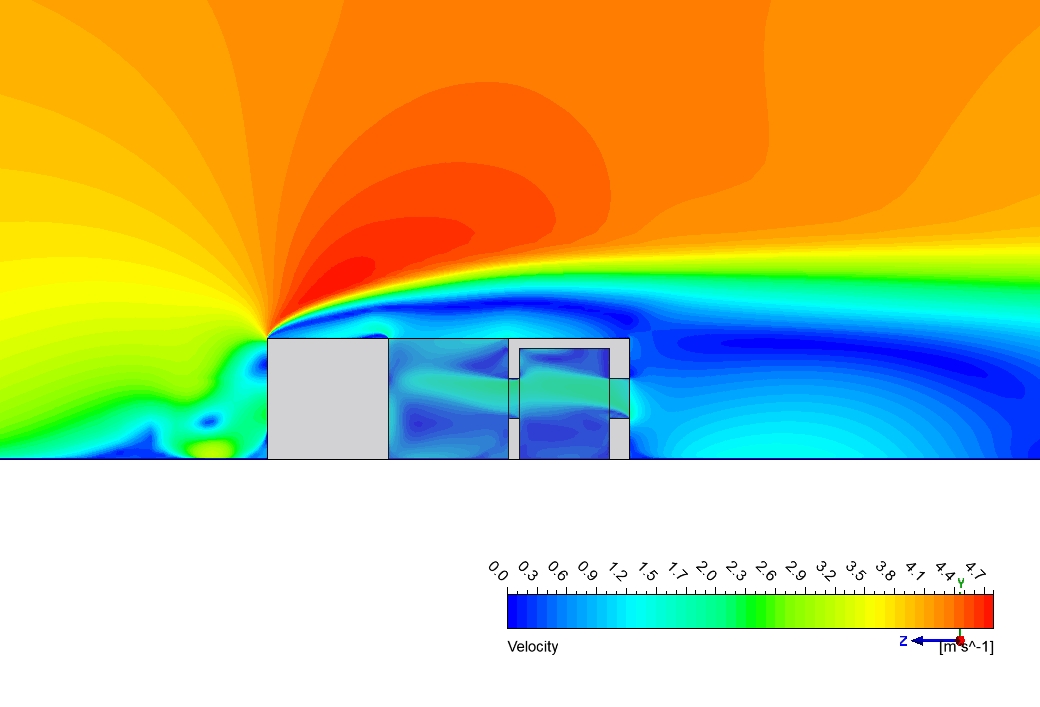
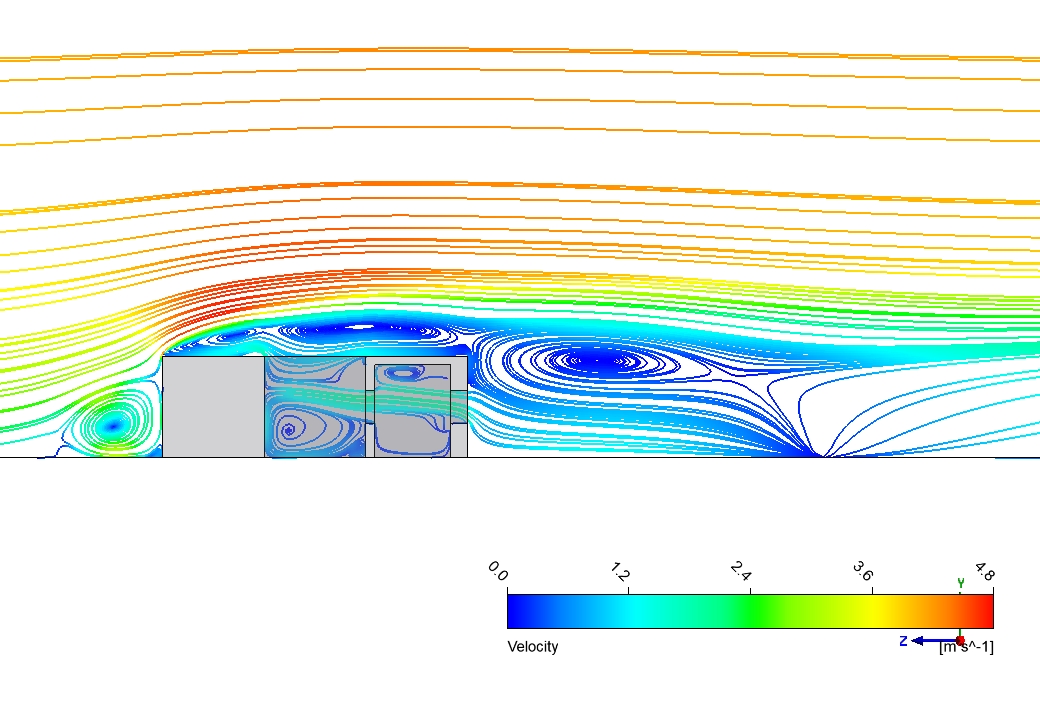
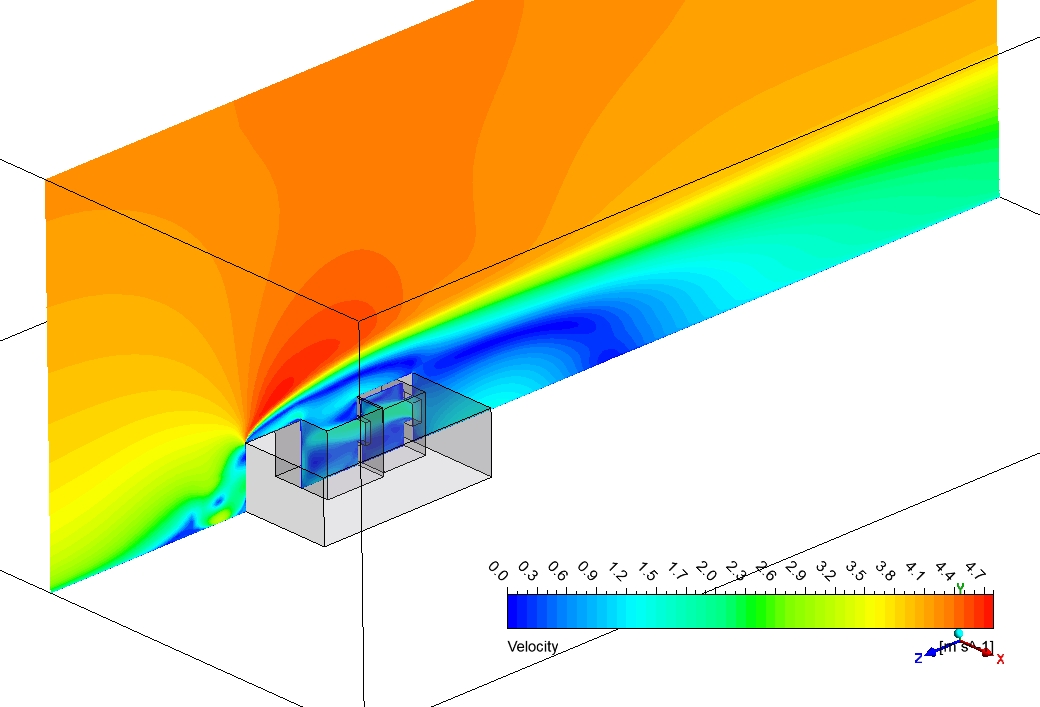
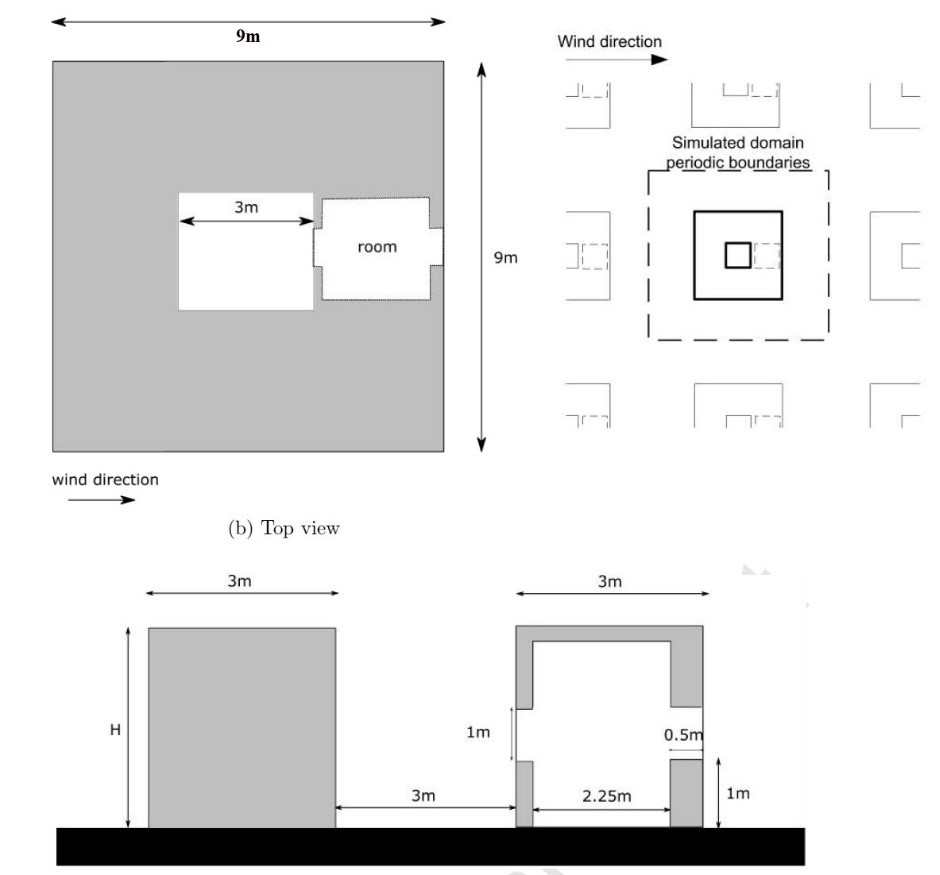

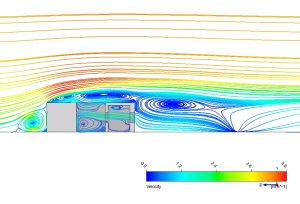






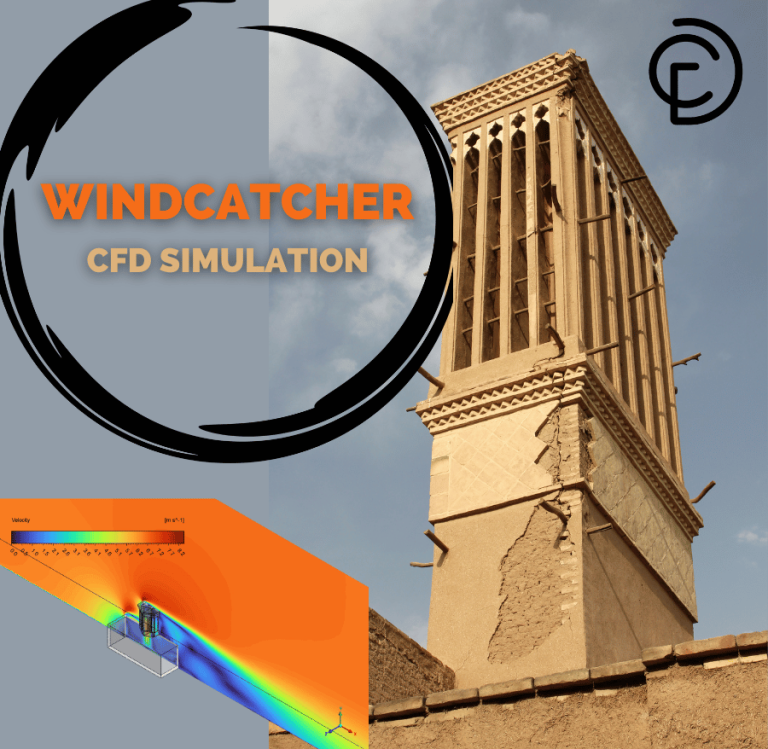
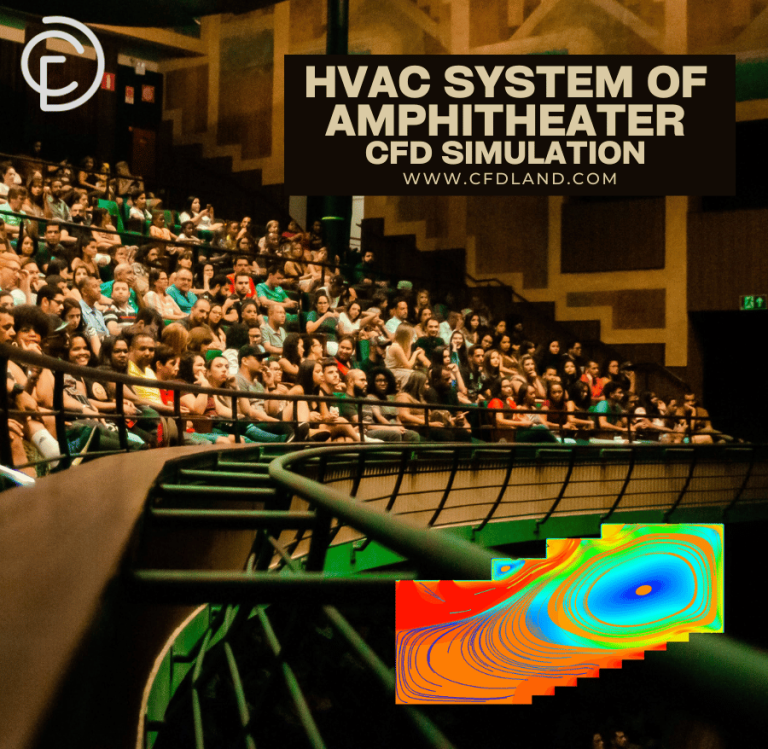



Reviews
There are no reviews yet.